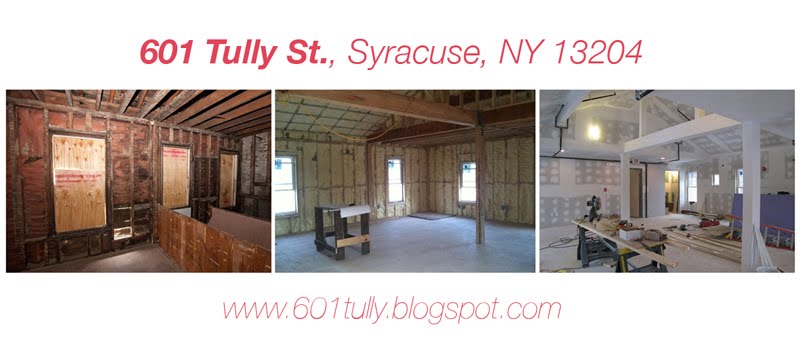
Richard Serra Pastiche and Evolution
Richard Serra is an American minimalist sculpture known for his large meandering cor-ten steel sculptures such as A Matter of Time in the Guggenheim Museum in Bilbao. Designed to be site specific, each sculpture is constructed to juxtapose human scale. This juxtaposition is compounded by the precarious balance of the immensely heavy pieces of rolled oxidized steel, creating a dialogue of tension and phenomenology, or the inherent sensory properties of building materials.
I propose that for the 30’ x 30’ garden plot on 601 Tully, a sculpture in the style of Richard Serra can be implemented. However, I believe several design elements would have to be considered in order to make it effectively functional and advantageous. First of all, the sculpture can stand as a metaphor for rust-belt cities in America by literally utilizing sheets of oxidized sheets of steel. Perhaps this material can be found locally, therefore adaptively re-using what would otherwise be discarded. Secondly, this sculpture is a detriment to clear sight-lines and may present an issue of safety; therefore I suggest that the steel be modified with a series of punctures to create porosity. I also believe that this modification presents an opportunity to create a rasterized dot design of a symbolic image. Lastly, in a second iteration, I believe the material of the sculpture can be modified for wood construction. This wood sculpture can be constructed in such a way that it can bend and fold to accommodate different spatial configurations. In addition the contoured nature of the wood construction will allow for visual gaps between the pieces, creating a porous structure. Additionally, this wood can be provided from scrap material from local construction sites.

No comments:
Post a Comment